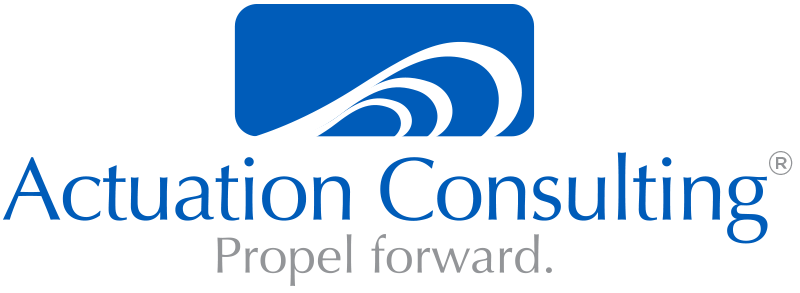Essentials of a Product Requirements Document (PRD)
In this week’s post, I’m going to discuss the nuts and bolts of the PRD (Product Requirements Document). Next week I’ll complete this discussion by covering some of the specifics that will be part of a good PRD.
What is a Product Requirements Document?
A PRD is a document that serves the development team. It provides details about features, functionality, and capabilities required to build the product. Obviously, if the product is a new one, the level of detail will be much greater than what’s needed for an enhancement to an existing product.
A well-crafted PRD clearly defines both the breadth and depth of the product. Done right, the PRD will move the development team beyond considering what to build to how to build. Supporting groups (packaging, creators of user manuals etc.) should understand what needs to be delivered with the product. All should understand what the customer experience should be when using the new capabilities. Finally, product requirements must be aligned with your company’s business objectives.
Four Questions Your PRD Should Answer
- Who will use the product?
In answering this question, you should address the need the product will meet. Also cover the characteristics of the end user and how end users will actually use the product.
2. What will the end users do with the product?
This question covers the functional requirements the product must meet. This could be something simple like buttons to press or as complicated as a computer display. In some cases, you may need to provide a process flow for the various activities an end user will need to perform. Flow diagrams, data diagrams, sets of use cases, or content, and entity relationship diagrams can also be part of the functional requirements explanation.
3. What are the product’s performance requirements and design constraints?
Often called the non-functional requirements, these items define how well or how much the product needs to perform against measureable criteria. Product constraints can take many forms. They are often industry-specific. Typical considerations are environmental legal, physical, support of other products, etc.
4. What must accompany or support the product?
Support items are not related to the specific operation of the product. However, they are vital to supporting a smooth end-to-end user experience. Supports include such items as documentation, accessories, shipping, packaging, installation, replacement parts, and maintenance. The answer to this question can extend to cover how customer service will handle calls about the product.
Advancing the Profession of Product Management™
website I consulting I training I toolkits I books I blog I twitter

